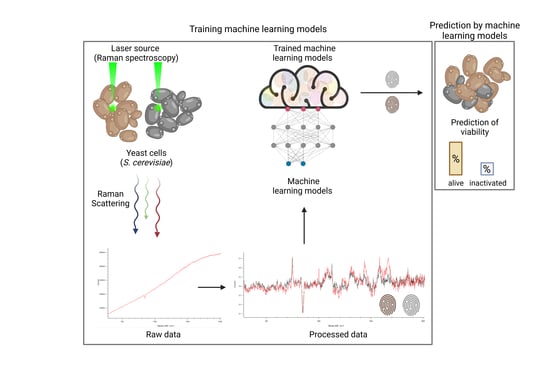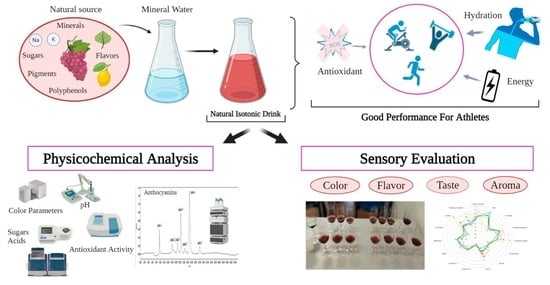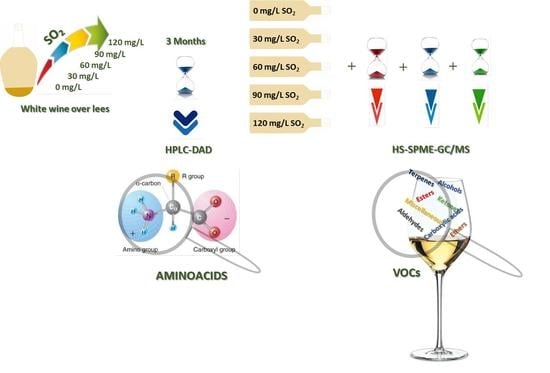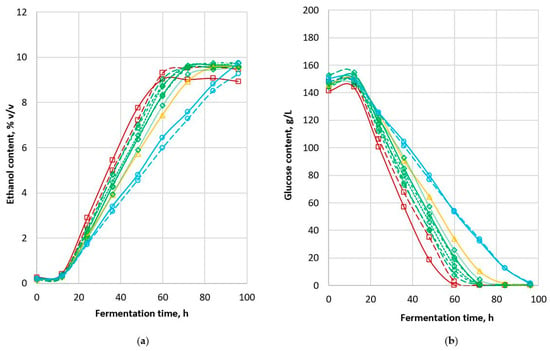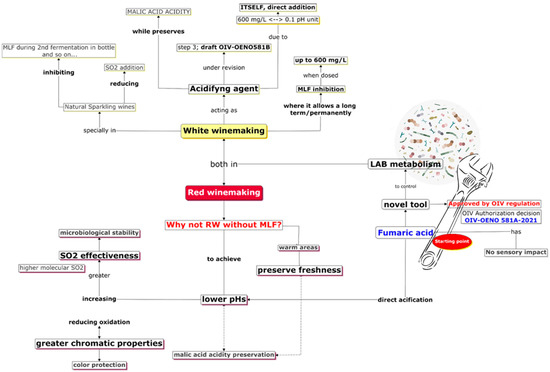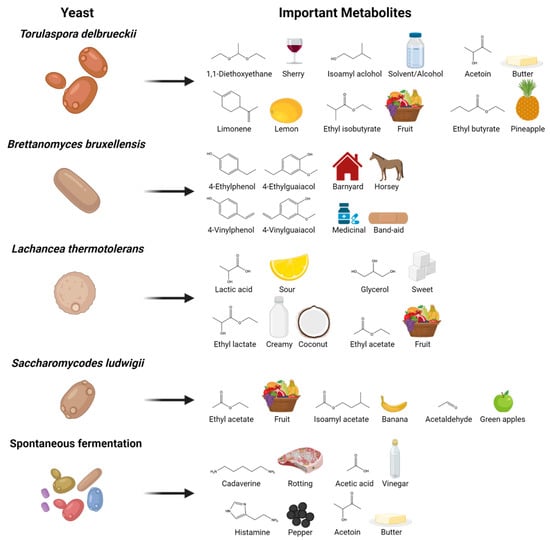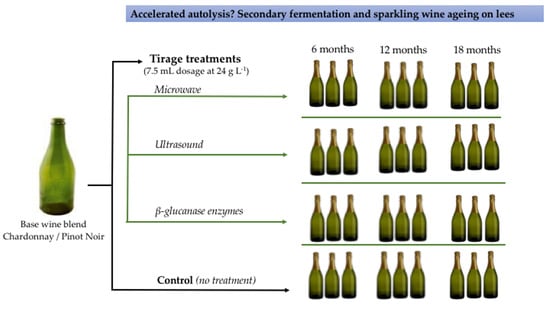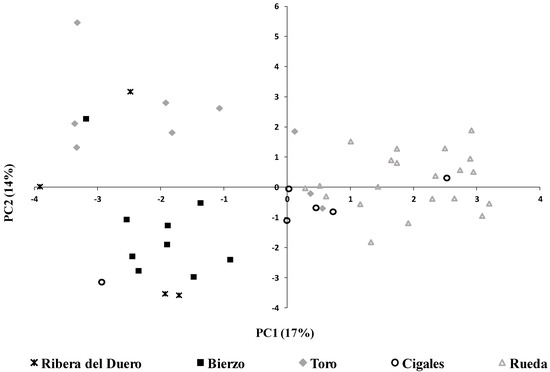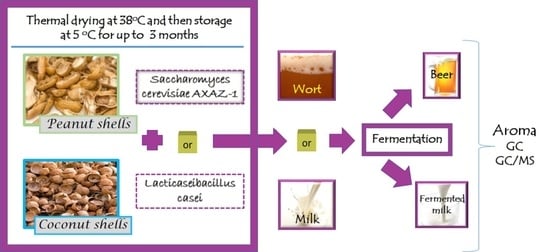Wine and Beverage: Fermentation and Conservation Technologies
A topical collection in Beverages (ISSN 2306-5710). This collection belongs to the section "Wine, Spirits and Oenological Products".
Viewed by 43348Editors
Interests: food technology; enology; wine microbiology; yeast metabolomics
Special Issues, Collections and Topics in MDPI journals
2. CQ-VR, Chemistry Research Centre, 5000-801 Vila Real, Portugal
Interests: wine; grapes; phenolic compounds; enology; winemaking; wine aging process
Special Issues, Collections and Topics in MDPI journals
Interests: food science and technology; winemaking; alcoholic beverages; grapes; wine; wine stability; wine quality; wine aging; wine safety; fining; phenolic compounds; proteins
Special Issues, Collections and Topics in MDPI journals
Interests: microbiology; biotechnology; wine microbiology; microbial biodiversity; Saccharomyces and non-Saccharomyces yeasts, Brettanomyces bruxellensis, yeast physiology; malolactic bacteria; melatonin; microbial biocontrol
Special Issues, Collections and Topics in MDPI journals
Topical Collection Information
Dear Colleagues,
Wine and fermented beverages are currently a relevant topic in the food industries; in many countries, beverages are among the sectors with the highest added value.
Wine is probably the food with the highest number of references worldwide (more than 1 million). In fact, is difficult to find another human product with such a number of brands and labels, besides perhaps books or music. Simultaneously, wine is the most complex food from a sensory point of view, with a composition of several thousand molecules that makes it the most interesting beverage from a gustative perspective. Additionally, wine, as well as other fermented beverages, is a sensible product that needs gentle management from grape to bottle in order to maintain a high level of quality. This means that the production steps of grape processing, conservation fermentation, stabilization, ageing, bottling and storage must be designed to preserve and protect wine sensory profile. The use of traditional processes assisted by many emerging technologies and biotechnologies is essential to serve the consumer with a top product.
This Topical Collection, entitled “Wine and Beverages: Fermentation and Conservation Technologies”, covers many aspects of the fermentation and conservation technologies that are used to produce high quality wines and other fermented beverages, including: grape and other raw material quality assessment, fermentation technologies and biotechnologies, use of non-Saccharomyces yeasts, controlled fermentations, malolactic fermentation, natural stabilization processes, stabilization additives, emerging non-thermal technologies, conventional and innovative ageing processes, control of spoilage microorganisms, and sensory quality.
Prof. Dr. Antonio Morata
Prof. Dr. António Manuel Jordão
Prof. Dr. Fernanda Cosme
Prof. Dr. Ileana Vigentini
Collection Editors
Manuscript Submission Information
Manuscripts should be submitted online at www.mdpi.com by registering and logging in to this website. Once you are registered, click here to go to the submission form. Manuscripts can be submitted until the deadline. All submissions that pass pre-check are peer-reviewed. Accepted papers will be published continuously in the journal (as soon as accepted) and will be listed together on the collection website. Research articles, review articles as well as short communications are invited. For planned papers, a title and short abstract (about 100 words) can be sent to the Editorial Office for announcement on this website.
Submitted manuscripts should not have been published previously, nor be under consideration for publication elsewhere (except conference proceedings papers). All manuscripts are thoroughly refereed through a single-blind peer-review process. A guide for authors and other relevant information for submission of manuscripts is available on the Instructions for Authors page. Beverages is an international peer-reviewed open access quarterly journal published by MDPI.
Please visit the Instructions for Authors page before submitting a manuscript. The Article Processing Charge (APC) for publication in this open access journal is 1600 CHF (Swiss Francs). Submitted papers should be well formatted and use good English. Authors may use MDPI's English editing service prior to publication or during author revisions.










